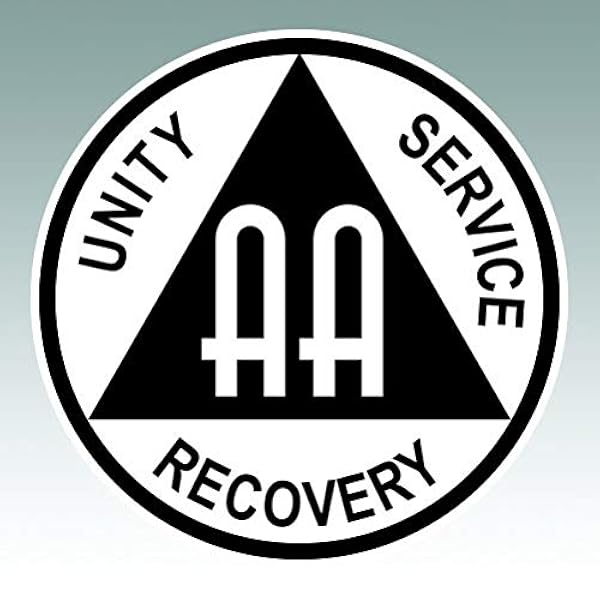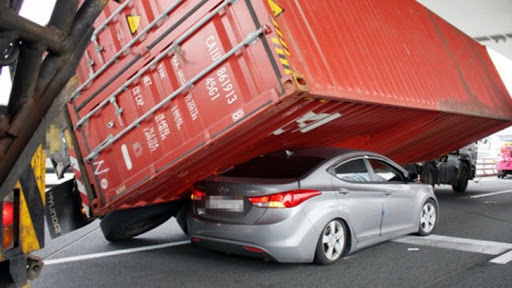Victoria –The BC Coroner reports that in BC, a record 128 deaths from illicit drug overdoses were recorded for November 2016. Chief Coroner Lisa LaPointe says there were 11 overdose deaths across the province over the weekend. (There have been 755 deaths to date this year.) That is a 70.4% increase over the same period last year. Fraser Health’s Dr. Perry Kendall says these are the highest OD death numbers in 30 years. It shows something other than fentanyl active.
While the BC government announced that they have taken steps over the past month to stem the tide, nothing seems to be working. Fentanyl is still the biggest killer. On what December might hold, LaPointe noted “We hope it is not as bad as November but we are seeing some spikes”. Kendall says we are likely seeing offshoots of fentanyl – perhaps carfentanil in those numbers.
The bottom line is that the BC government response was to re-issue its promise to open 500 beds by end of March, however, there was no mention of more paramedics being hired or ambulances being added.
Here is the Provincial media release:
Updated statistics released Monday from the BC Coroners Service show the number of illicit drug overdose deaths increased throughout B.C. in November (128). Government and its partners have taken many significant steps to address the overdose crisis this month.
Of particular note, the federal government recently announced they will take action under their new Canadian Drugs and Substances Strategy on several initiatives B.C. has advocated for. The federal strategy includes simplifying the approval process for supervised consumption services – an evidence-based approach which prevents overdose deaths, helps mitigate the spread of communicable diseases and links users with resources for addiction treatment and recovery services. In addition, to interrupt the flow of illegal drugs into Canada, the strategy includes measures like prohibiting the importation of designated devices such as pill presses – unless they are registered with the minister of health – and providing Canada Border Service agents the authority to open suspicious packages under 30 grams or less.
A provincial cold-weather strategy has been activated in the hardest-hit communities to provide more tools to prevent overdoses. The Province’s Mobile Medical Unit is now stationed in the Downtown Eastside as an alternative medical-care unit for patients who overdose, relieving pressure in emergency departments such as St. Paul’s Hospital, and freeing up paramedics more quickly for the next 911 call. Eighteen overdose prevention sites will have opened by the end of December in high-risk areas in Vancouver, Surrey, Victoria, Prince George, Kelowna, Kamloops, Maple Ridge, Langley and Abbotsford. The sites provide a safe place for people using drugs to be monitored in case of overdose, and are supported through a ministerial order issued Dec. 9, 2016 under the Emergency Health Services Act and Health Authorities Act.
The overdose crisis requires both an acute response and a long-term strategy on substance use issues, involving immediate harm-reduction actions combined with longer-term addiction treatment and recovery pathways. In the past three years, health authorities have opened 300 new substance-use beds as part of the commitment to open 500 new beds. With tendering processes currently underway, more than 100 additional treatment beds will open next month, with the remainder on track to open by March 31, 2017. In light of the current epidemic of overdoses, in addition to these beds the Ministry of Health is looking at bringing on extra surge capacity in treatment beds and other treatment resources, utilizing a range of different approaches, as soon as possible.
Government continues to take actions on many fronts to prevent and respond to overdoses in B.C. New items since the last provincial update on Nov. 15, 2016 include:
- On Dec. 7, 2016, all licensed or registered treatment facilities in B.C. were directed to carry naloxone and ensure staff are trained to administer it.
- Nurse practitioners will be able to continue Suboxone prescribing (after initiation by a physician) for their patients through an amendment to the Scope of Practice to Standards for Nurse Practitioners starting on Jan. 7, 2017.
- Four education modules to support teachers in helping teach children about drugs were developed in partnership with University of Victoria’s Centre for Addictions Research of BC (CARBC). [www.uvic.ca/research/centres/carbc/publications/helping-schools]
- Resources on how to have conversations about drugs for parents and people who work with children and youth also have been developed in collaboration with CARBC. [www.healthlinkbc.ca/substance-use/parenting-articles]
- On Nov. 24, 2016, the RCMP and Chinese Ministry of Public Safety announced efforts against illegal fentanyl trafficking into Canada. [news.gov.bc.ca/releases/2016PSSG0236-002494]
- The Ministry of Children and Family Development began offering no-charge naloxone kits and training to foster parents, community partners and ministry staff in the Lower Mainland and southern Vancouver Island.
- Facility overdose response boxes with naloxone are being distributed to community organizations where overdoses are more likely to occur. Guidelines have been shared with supportive housing and homeless shelters to support the development of overdose response protocols.
- The BC Centre for Disease Control continues to expand the Take Home Naloxone program: 17,828 no-charge naloxone kits have been distributed to date – more than 12,000 this year alone. Naloxone kits are now being dispensed at 367 locations in B.C., including 57 emergency departments and four corrections facilities.
- To date over 5,700 police members have been trained to use naloxone, with over 30 incidents where naloxone was used.
- Vancouver Coastal Health and partners launched two new overdose prevention outreach teams in the Downtown Eastside. Island Health and Fraser Health also launched teams in Victoria and Surrey.
- Island Health, Fraser Health and Interior Health began public engagement in preparation for supervised consumption site applications in Victoria, Surrey, Kelowna and Kamloops.
- On Nov. 24, 2016, the RCMP and Chinese Ministry of Public Safety announced efforts against illegal fentanyl trafficking into Canada [news.gov.bc.ca/releases/2016PSSG0236-002494].
- Focused police investigations on fentanyl dealers have resulted in:
- Dec. 1, 2016: Multi-agency investigation resulted in the seizure of 1.45 kilograms of fentanyl by Victoria Police.
- Nov. 29, 2016: Carfentanil linked to Vancouver man’s death.
- Nov. 22, 2016: Carfentanil detected in Vancouver drug seizure
- Focused efforts by Canada Border Services Agency resulting in 47 seizures of fentanyl or carfentanil weighing a total of 11.7 kilos so far in 2016.
In September 2016, $5 million in new funding was provided for strategies identified by the Joint Task Force on Overdose Response, as well as $5 million more to help establish the BC Centre on Substance Use, and $5 million in additional funding to enhance BC Emergency Health Services resources. Overall more than $43 million in provincial funding is supporting measures that bolster the provincewide response to the crisis.
In July 2016, Premier Christy Clark appointed a Joint Task Force on Overdose Response to provide expert leadership and advice on additional actions to prevent and respond to overdoses in B.C. As part of the response, law enforcement is working at all levels of government to interdict the supply of toxic drugs, and health officials are working to address the immediate and longer-term health needs. To that end, B.C. is expanding access to life-saving naloxone, supervised consumption services, and opioid addiction treatment medications and services. The Province is also investing in research, education and training through the new B.C. Centre on Substance Use to ensure addiction treatment is effective and evidence-based. The Province also launched a broad awareness campaign to alert people of how to prevent, identify and respond to overdoses.
Learn more:
To learn more about additional government actions to reduce overdoses, please visit: https://news.gov.bc.ca/factsheets/actions-to-prevent-overdoses-in-bc
To learn more about Coroners Service statistics on illicit drug overdose deaths, please visit: www2.gov.bc.ca/assets/gov/public-safety-and-emergency-services/death-investigation/statistical/illicit-drug.pdf
To learn more about the BC Coroners Service statistics on fentanyl-detected illicit drug overdose deaths, please visit: www2.gov.bc.ca/assets/gov/public-safety-and-emergency-services/death-investigation/statistical/fentanyl-detected-overdose.pdf






